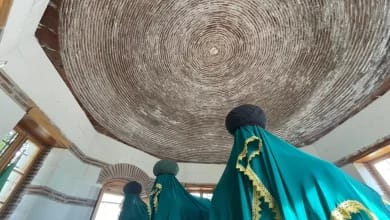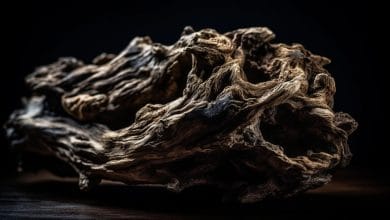The Seljuk Empire: A pivotal chapter in Islamic history
How the Seljuks rose from Central Asia to shape Islamic civilization
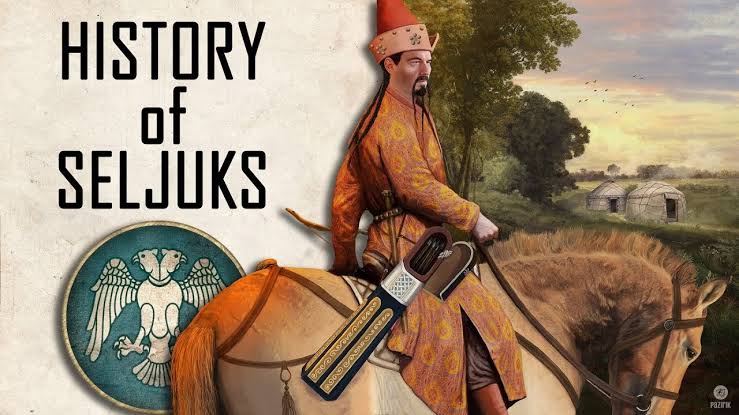
The Seljuk Empire is an important chapter in Islamic history
The Seljuk Empire: The Seljuks originated from the Kinik settlement. Kinik, one of the original 24 branches of the Oghuz. The Oghuz settlements mainly lived in Central Asia and Southeast Russia. During the 11th century, a group of Kinik settlement chiefs was named Seljuks. This group migrated and settled near the Sir Darya river, and later converted to Islam. They were first engaged in border defense of the Samani Empire of Iran and later of Mahmud of Ghaznavid.
Seljuk had two grandsons. One is Chari Bey, the other is Tugril Bey. Later, Chari Bey controlled the greater Khorasan region and Tughril Beg built an empire in western Iran and Mesopotamia (Iraq, Syria, Jordan, and parts of Turkey).
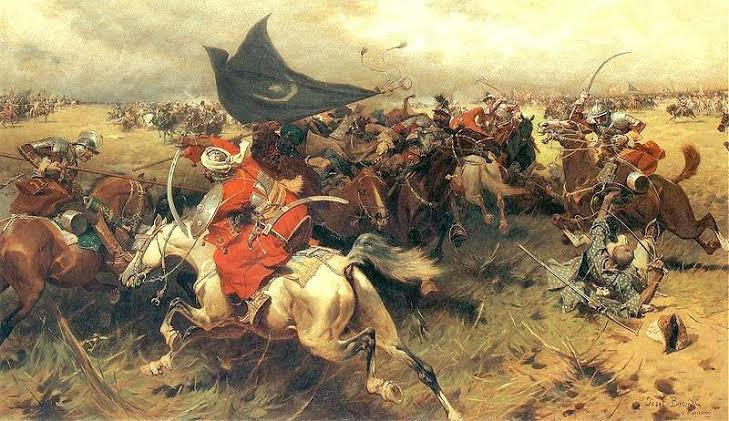
As the Seljuks became increasingly powerful, plundering the frontier regions, the Ghaznavid Sultan Mas’ud saw it as a threat to the empire and went to war with the Seljuks in 1040.
On the eve of the start of the war, the Seljuks began sneaking attacks on the Ghaznavid troops, destroying their supply systems, and driving away water wells. As a result, the discipline and morale of the Ghaznavids were destroyed. Finally, Tughril Bey, Chari Bey won with 16000 soldiers against Ghaznavid’s 50000 soldiers, 12 or 60 elephants.
The Seljuk Empire is an important chapter in Islamic history
Tughril had no children. After Tughril Ber’s death, he was succeeded by Chari Ber’s son Alp Arslan. Everyone knows about Alp Arslan. Alp Arslan took the Turks to a unique height by conquering Manzikert/Malajgirt.
After him, his son Sultan Melikshah expanded the empire to a great extent. As a result, half of the world was under them at that time. Their main capital was in Ispahan, Iran. The flag of the Seljuk Empire was dark blue, with an arrow in the bow in the middle. A part of the Seljuks settled in Anatolia at that time.
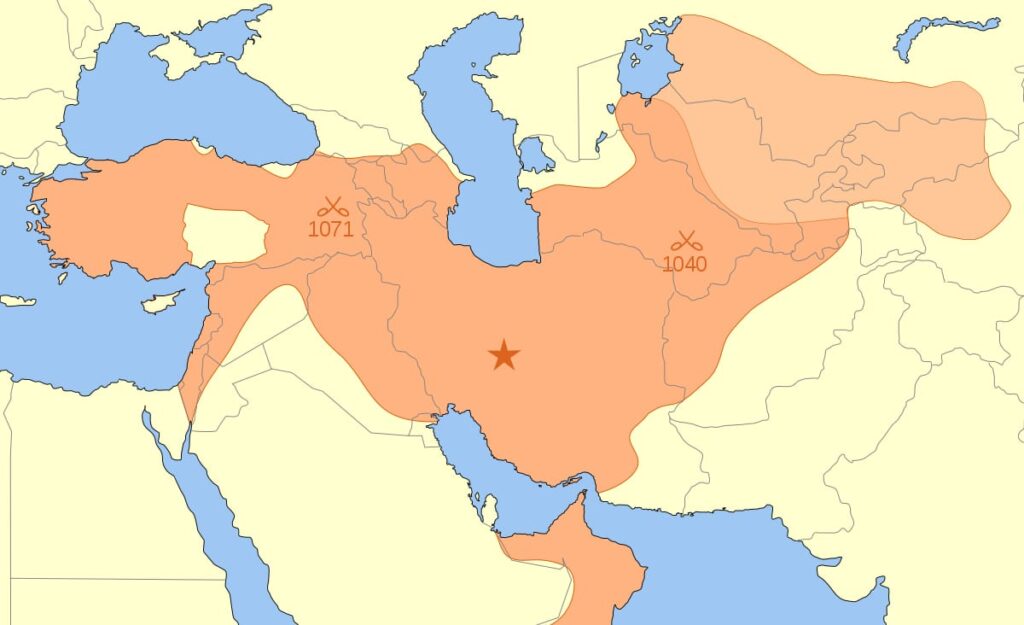
This Anatolian settlement was headed by Kutulmish. Kutulmish was the grandson of Seljuk, the leader of the Kinik settlement. The flag of this Anatolian Seljuk settlement was a double-headed eagle. Kutulmish was a general from Tughril Ber. He rebelled with Tughril Ber and fought for the throne with Alp Arslan.
Later his son Kutulmisholu Suleiman Shah himself tried to seize the throne of the greater Seljuk Empire from Alp Arslan. Unsuccessfully, he founded the Sultanate of Rum in Anatolia. During Melikshah’s reign, the Seljuk governor of Syria killed him, and his descendant Kilich Arslan was captured.
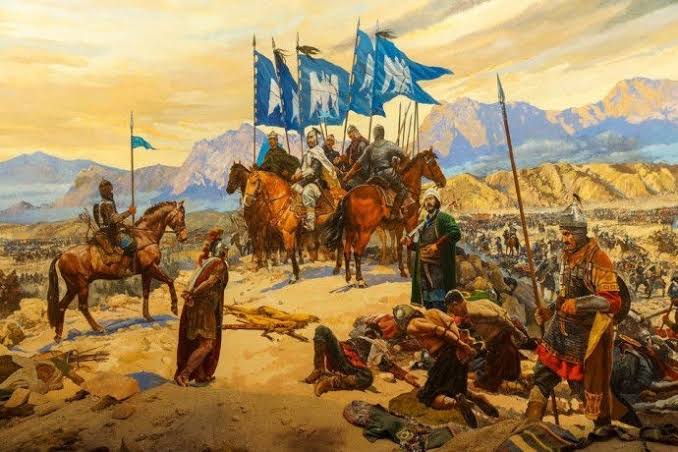
He was taken to Ispahan and imprisoned. After the death of the Seljuk Sultan Melikshah, who had several sons, a power struggle began between them. Four children occupy different territories. Thus ended the mighty Seljuk Empire. On the other hand, after the death of Melikshah, Suleiman Shah’s son Kilich Arslan was freed and re-established Rum in the Sultanate. This empire is generally known as the Seljuk Empire.
Actually, it is a Sultanate room. Sultan Alauddin was also a Sultan of Rum in this Sultanate. The original Seljuk Empire collapsed soon after the death of Sultan Malik Shah. Sultan Al-Arslan and Sultan Melikshah were powerful sultans of the Seljuk Empire. Which was not seen later.



